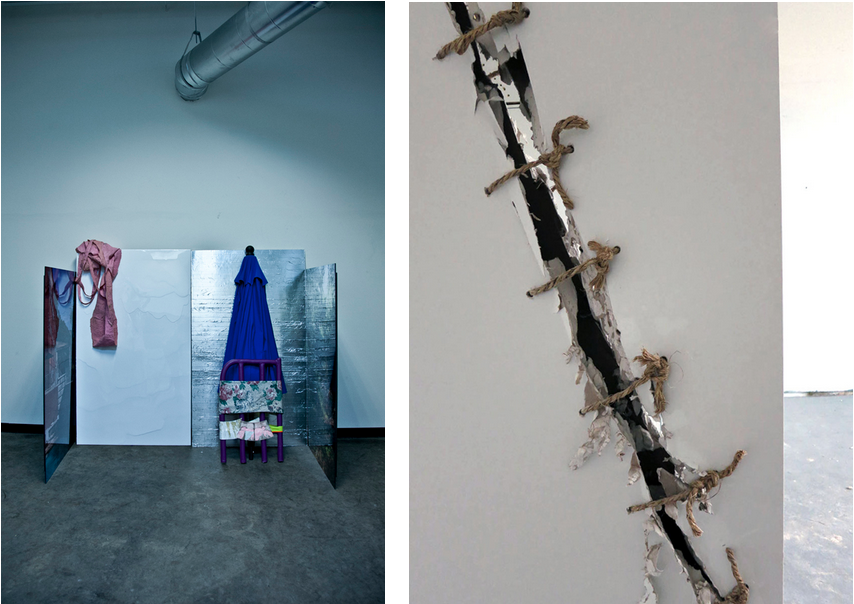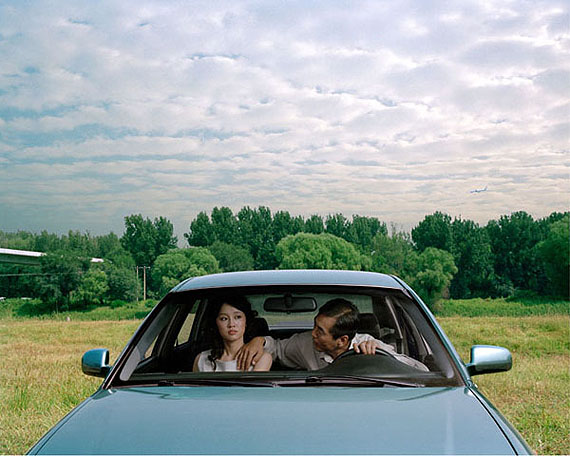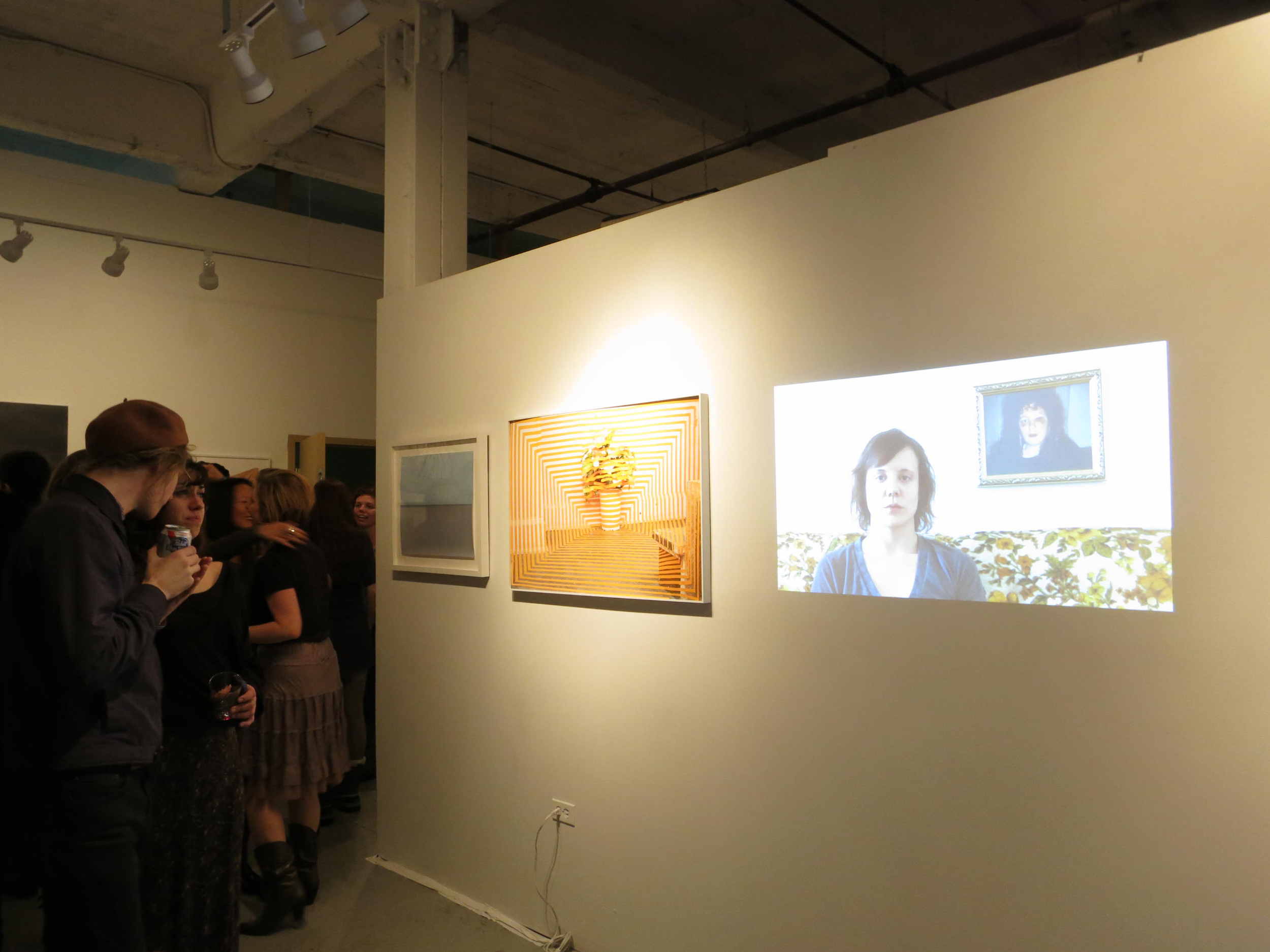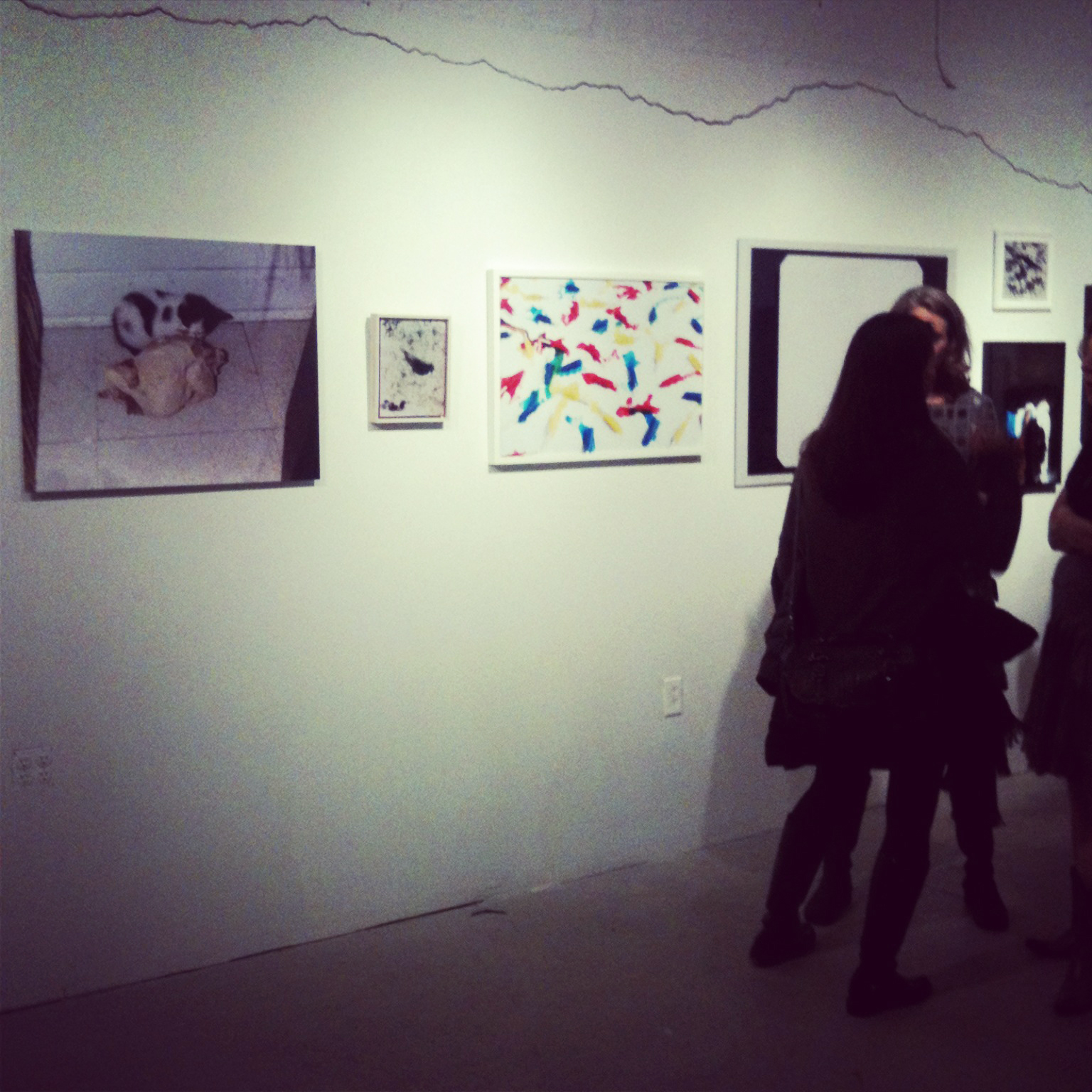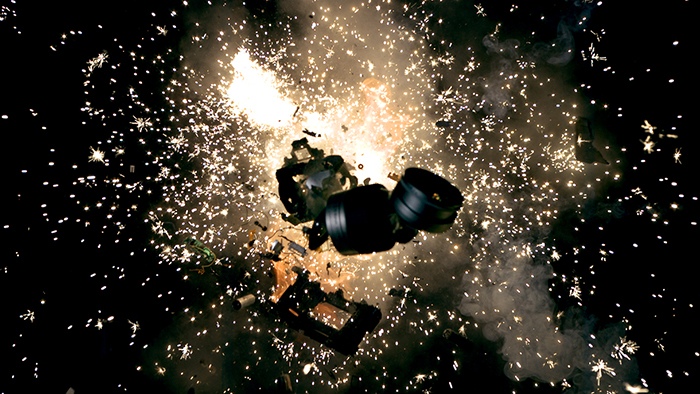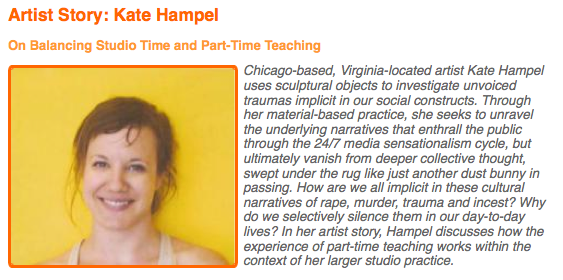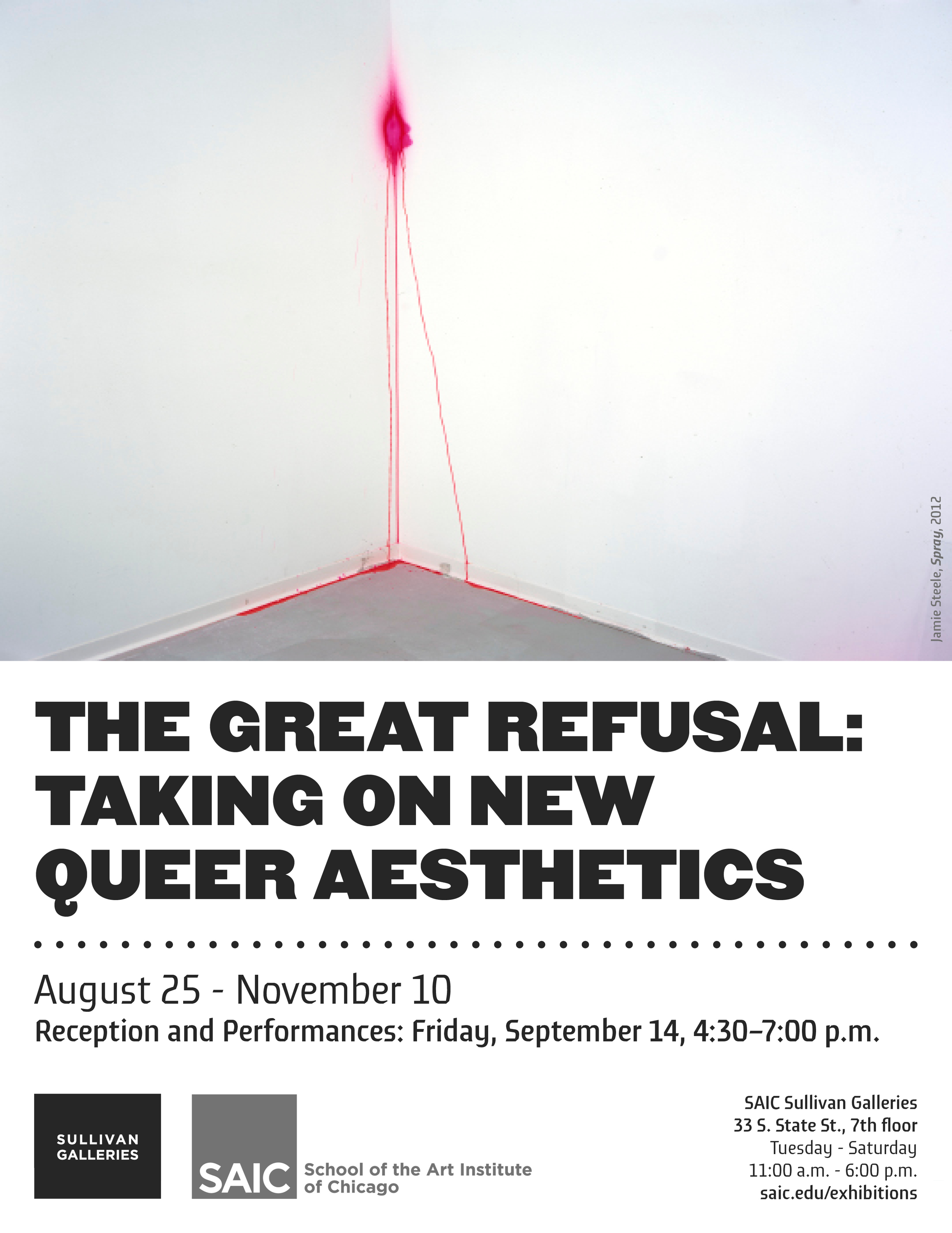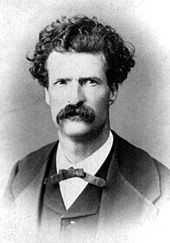 So, I know it's a little early to be thinking about this, but I'm in a git 'er done kind of mood, so I decided to start figuring out my taxes. This is the first year I've saved all my receipts for art supplies and travel and things (also one of the first years that I have any real income from my work), so there's a lot to figure out. Obviously I'm not qualified to give anyone tax advice, but I thought I'd share what I've learned so far:
So, I know it's a little early to be thinking about this, but I'm in a git 'er done kind of mood, so I decided to start figuring out my taxes. This is the first year I've saved all my receipts for art supplies and travel and things (also one of the first years that I have any real income from my work), so there's a lot to figure out. Obviously I'm not qualified to give anyone tax advice, but I thought I'd share what I've learned so far:
Some great sites that have helped a lot:
Riley & Associates accountants for artists and performers are incredibly generous and have posted downloadable spreadsheets to keep track of your income and your annual expenses.
June Walker, accountant for artists and self-employeds of all kinds, answers all your questions online.
The first question, before I waste a ton of time, is if my art practice is a business or a hobby (ugh what horrible options). The reason to figure this out is that if my business shows a loss, I can deduct that loss from my other income, whereas income from a hobby can only be deducted down to zero, so no carry-over and thus, no point. Businesses, according to the IRS, are supposed to make a profit, sometimes, or at least be intended to sometime, some day, make a profit. For most businesses that means three years out of any consecutive five. Discouraging for me, because that sounds highly unlikely, but here's a Federal Court ruling on artists v. profit:
"It is well recognized that profits may not be immediately forthcoming in the creative field and many artists have to struggle throughout their careers. This does not mean that serious artists do not intend to profit from their activities. It only means that their lot is a difficult one." YES. A difficult lot.
Another great quote from the Federal Court, over-ruling the IRS, who don't like fun: "A 'business' will not be turned into a 'hobby' merely because the owner finds it pleasurable. Suffering has never been made a pre-requisite to deductibility."
Other ways to determine if you're in business:
Do you conduct your activities in a professional manner? Oh yes, yes I do.
Do you have the knowledge and/or training to be successful? Terminal degree...
Do you change your methods in an attempt to improve success and profitability? All the time. Constantly.
Do you put in consistent time and effort (material participation) in an attempt to profit? The IRS suggests 100 hours a year if you're the only person involved in your practice, which is 12.5 eight-hour days, or roughly half an hour every day. I definitely do this. I'm doing it right now. (Also if you happen to have a spouse, and that person sometimes does things for you, that counts too, for time and for their expenses.)
There are other criteria too but these are the ones that are most applicable for my work, so I'm going to go ahead and start adding things up. The income tally goes depressingly quickly. Sales, prizes, awards, grants--I've read fellowships as well but not mine, more on that in a second--trades for things other than cash, and income from workshops or other activities that are part of your practice. I have a teaching fellowship at the moment, but I'm an employee of the university and I get a W2 for that, so that's separate income which I'll deduct my self-employed loss from.
Schedule C deductible expenses... this part is fun and also depressing. The bigger the hole of loss and poverty I can dig for myself, the less money I'll owe the American government, who isn't giving any of it back to me in social programming anyway! My supplies are deductible, as well as office supplies, business cards or show posters, shipping costs, travel to install shows (if only I'd saved the receipt for that gross sandwich I bought on Amtrak, that would also be deductible), application fees, residency and workshop fees, dues to organizations, admission to museums and exhibits, books and magazines and other research material, studio rent if I had it (in-home studios are also deductible but more complicated), and equipment--but equipment that will last you longer than a year has its own special form to fill out (4562). You can choose to depreciate the cost to future years, or expense it all this year, which I'm going to do because depreciation is just too boring.
Next up: Self-Employment tax and health insurance deductions...
